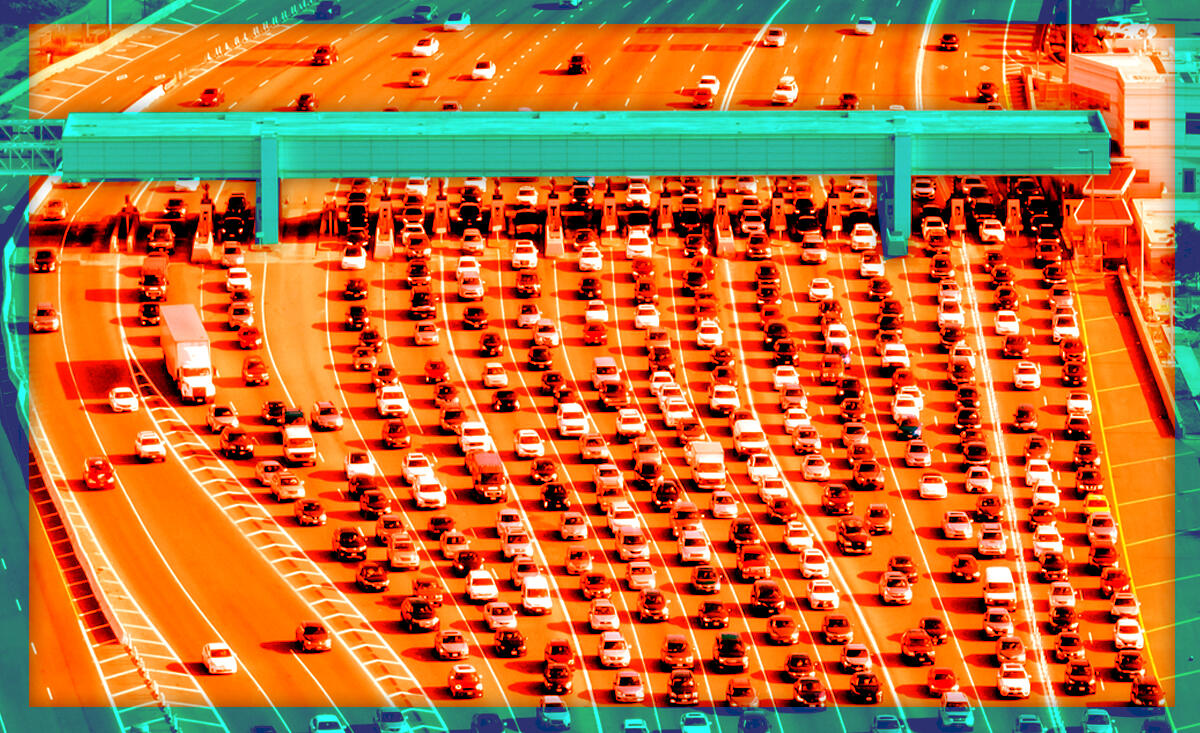Trending
State report: Bay Area population drops again
Housing prices seen as factor in net loss of 50,000 for 0.7 percent dip in 2021

The population of California is shrinking, with the steepest decline in the Bay Area, according to a new state report.
The Golden State shrank during 2021 for the second consecutive year, with a population decline of 0.3 percent, or a net loss of nearly 117,600 people, SiliconValley.com reported. At the same time, the Bay Area population fell by slightly more than 50,400 people, a decline of 0.7 percent, more than double the statewide rate of decline.
The Bay Area population nosedive accounted for 42.9 percent of the population decline statewide, even though the nine-county region represents just 19.4 percent of the state’s total number of people.
The decline was triggered by a slump in births and immigration, a rise in deaths and an ongoing exodus from California, according to the state Department of Finance report.
“The addition of COVID-19-related deaths, federal policies restricting immigration, and an increase in domestic out-migration affected population totals,” the state Finance Department said. “Overall growth was also affected by continuing federal delays in processing foreign migration.”
The Bay Area loss in population was felt most acutely in San Jose and Oakland, followed by San Francisco.
San Jose lost nearly 14,700 residents in 2021, a 1.5 percent decrease from 2020 — and at a rate of decline that was five times greater than the state decrease. The Bay Area’s largest city no longer has 1 million residents.
As of 2021, San Jose had an estimated population of 976,500. The U.S. Census official report released in 2020 had placed San Jose’s population at 1.01 million people.
Oakland lost 5,600 residents, a decline of 1.3 percent, the state population estimate shows, while San Francisco lost 6,700 residents, a drop of 0.8 percent.
Other downers include Hayward, which declined by 1,153 people, or 0.7 percent; Concord lost 1,121 people, or 0.9 percent.
Growth occurred in Fremont, which added 600 people, an increase of 0.3 percent; in Sunnyvale added 908 people, up 0.6 percent; Santa Clara added 1,005 people, a 0.8 percent increase; and Berkeley added 3,294 residents, up 2.7 percent.
The overall decline may be temporary, local experts say.
“The population decline is real, but the decline also is temporary,” said Steve Levy, director of the Palo Alto-based Center for Continuing Study of the California Economy. “COVID deaths will ease off, immigration levels will rise. We are still adding jobs in the Bay Area.”
Despite the slump, California remains the nation’s most populous state, at 39.19 million residents. Texas was a distant second with 29.5 million residents. About 280,000 more people left California for other states than moved here in 2021, continuing a decades-long trend.
Critics point to the steady stream of people leaving California as an indictment of the state’s liberal policies, which are set by Democrats in the governor’s office and the state legislature.
Others point to the cost of housing, which rose 17 percent in February in the Bay Area, compared to the same month last year. The region leads the nation in home sales priced at $1 million or more as a percentage of the market, with San Jose topping the list.
“The exodus also reflects our high cost of housing and our inability so far to do anything about that.” said Russell Hancock, president of Joint Venture Silicon Valley, a San Jose-based think tank, whose recent survey found that most Bay Area residents planned to leave the region in the next few years.
[SiliconValley.com] – Dana Bartholomew




